a true story about turtle uncles & how pets affect our lives
Date:
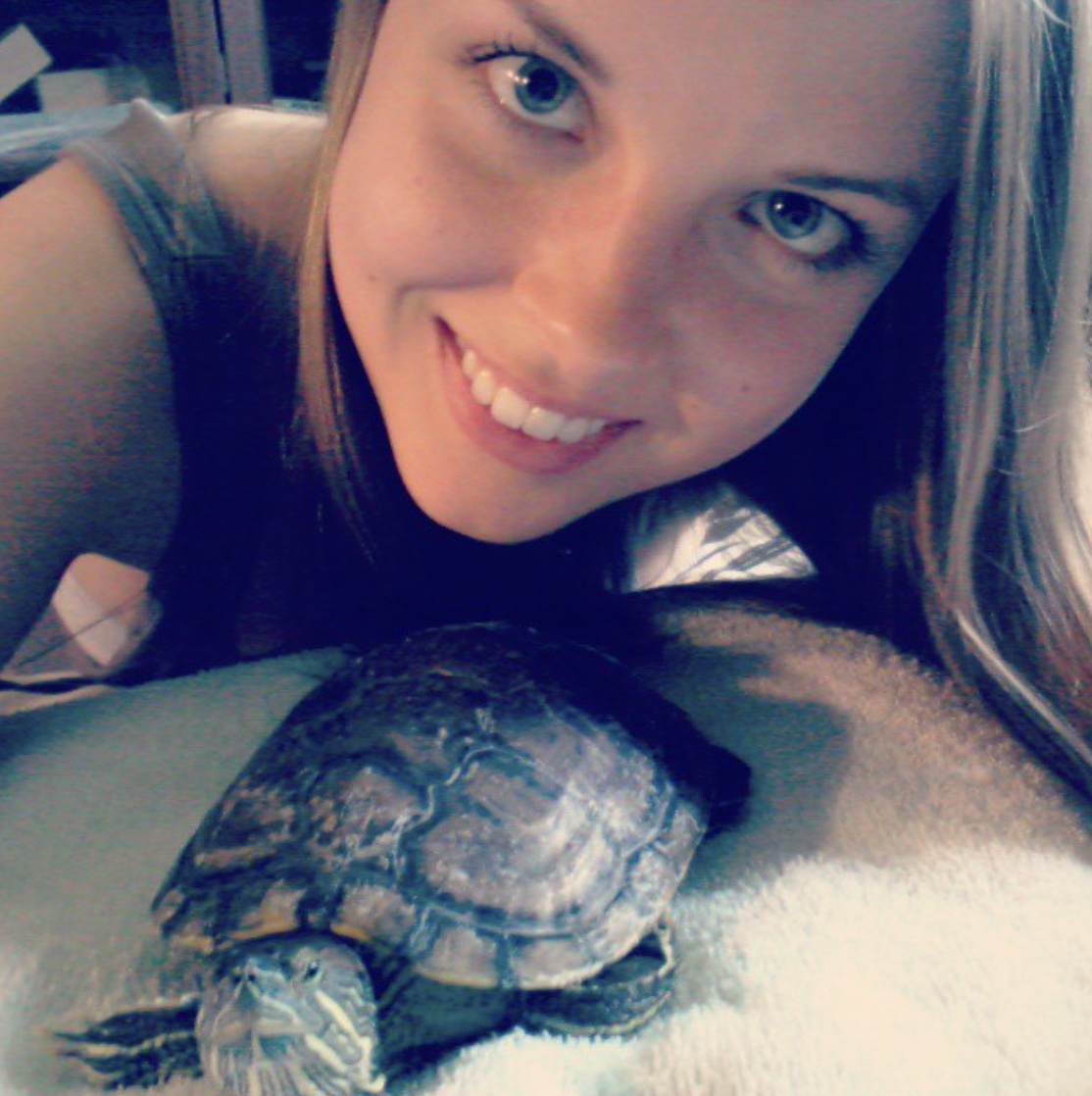
November 9, 2024
When Shelley went window shopping for two turtles, she didn’t realize she’d be making a 50-year commitment. This is how two turtles affected her whole life, and why she stayed committed.
I meet Shelley at the towering Tree of Life—the centerpiece of Disney’s Animal Kingdom. Its trunk features around 300 hand-carved animals. And we meet, of course, under the carved tortoise.
Shelley and I hug when we see each other and then turn to look at the tortoises just beyond the wooden posts. They’re ambling around, eating grass while surrounded by blue ponds bordered with fallen yellow flowers from the real trees above. We watch them for a while before finding a nearby table with some shade.
While Shelley lives in Ottawa, Canada, she’s in Orlando for a Disney vacation with her sister.
I first met Shelley at an in-person meetup in Orlando for an online community we’re both a part of. That evening, we found ourselves on the same trivia team and bonded over not being very good at trivia.
I met a lot of wonderful people that night, but when I later recounted the evening to people who’d asked, I remembered talking the most about Shelley and her turtles.
It wasn’t that Shelley only talks about turtles; it’s just that once I found out she had two turtles, for some reason, I couldn’t stop asking about them.
And the more I learned—that she got them on impulse at eighteen years old without knowing how long they’d live or how big they’d grow, that because of them she was still living with her parents, that she was going to have to put them in her will in case they outlived her—the more I wanted to know.
the goldfish(es) and the butterfly nets
Before Shelley had turtles, she had a goldfish when she was seven.
Okay, technically, she had many goldfish, but she didn’t find that out until 10 years later. When she was a teenager sitting at a dinner party with her family, someone said they were thinking about getting a fish, and Shelley’s mom immediately jumped in, with vigor, “Oh no, don’t do it.” She then proceeded to tell everyone how when Shelley was little, her goldfish kept dying and her dad would replace it over and over (and over) again without her knowing, and how stressful it was, like that one time the fish died at 8:50pm and Shelley’s dad had to race to the pet store before it closed at 9:00pm to get a replacement.
“Wait, what?” Shelley replied from across the dinner table.
She laughs now as she recounts the story, but at the time, she was a little emotional grieving all the fish she never knew she had.
After the goldfish(es), when Shelley was about eight years old, she and her sister got gerbils. They named them Scratch and Butterscotch.
Shelley loved Butterscotch and had fond memories of him and Scratch running through the bright pink and green tubes.
However, it was always dramatic when they escaped, which oddly only happened when their grandmother—who hated the gerbils—would come to visit.
Around 2 am, Shelley’s grandmother would hear a sound and think someone was breaking in. She’d wake everyone in the house before they’d realize it was just the gerbils scurrying around. Everyone would grab butterfly nets and search the house.
Butterscotch was usually found cowering under the couch. Scratch was always running away, the one they had to chase.
When they successfully captured them, the family put them back in their cage and made sure the door was securely fastened.
Curiously, these escapes never happened when their grandmother wasn’t there. “My grandmother was from Slovenia,” Shelley explains. The idea of willingly having rodents in your house was absurd to her.
But Shelley can’t help but wonder if her grandmother was secretly curious about them—if they escaped only when she visited because she’d secretly open the door to say hello and then didn’t know how to properly close the door (because it was a little tricky).
Shelley was 12 years old when Scratch and Butterscotch died. They’d lived nearly five years and were buried together in Ottawa in a little decorative dollar-store box. Shelley was devastated, but Shelley’s family held a funeral which she says helped her let go.
After Butterscotch and Scratch, they never got any other pets, and Shelley didn’t have any plans to have pets as an adult either. But what happened next wasn’t planned at all.
the best friend and the mall
It happened the summer after her freshman year of university. Shelley was living at home to save money. Her best friend, on the other hand, had gone away to university in Nova Scotia; when she returned to Ottawa for the summer, they spent almost every day together.
One day that summer, while roaming the mall, they passed the pet store and saw very small turtles swimming in a tank. Each one was about the size of a loonie—a Canadian coin that’s just a little bigger than a US quarter).
As they walked by the swimming turtles, one of them said, “Oh, it would be so fun to have a turtle,” and the other agreed. It started as a kind of window-shopping comment, but then they started to imagine what it would be like to each have a turtle in university, like one of those split-heart best friend necklaces you could get at Claire’s, except they’d be live turtles.
But for this to work, one turtle would need to travel to Nova Scotia after the summer. So before they bought the turtles, they did the responsible thing and went to every UPS and FedEx store they could find to ask if they shipped live turtles.
“What a stupid question,” Shelley laughs now. “They thought we were pranking them.”
Alas, they couldn’t ship live turtles, and there were rules in Nova Scotia that would prevent Shelley’s friend from buying one there. But instead of giving up and moving on to go get a frozen yogurt from Yogen Fruz, Shelley decided she would get two turtles.
“They’ll be best friends,” she thought. That day, Shelley bought two turtles, a small tank, and all of the stuff the clerk said she’d need. She carried the two turtles home in a clear plastic bag filled with water, much like fish won at a carnival.
“I did zero research,” she says. “I walked in, grabbed a turtle, and left.”
The only question she asked the pet store clerk was how big the turtles would get and how long they would live. The clerk said they’d get only the tiniest bit bigger after a few years but would stay very small, and they’d live for about 10 years.
Shelley would come to find out that the clerk was wrong. About all of it.
the stress and the beef broth
Shelley took the two teeny turtles home and noticed they wouldn’t eat.
For days, Shelley offered them the protein pellets they were supposed to eat, but they wouldn’t touch them. She was distraught. “I didn’t want them to die.” She and her mom called every veterinarian in the area to try to find one who treated turtles.
It seemed no one did.
Eventually, they found a vet who could help. She told them if turtles aren’t eating, you can plop them in a bowl of beef broth and they’ll absorb it through their skin.
The vet assured them once the turtles got used to their new environment, they’d start eating normally in about a week or two.
So Shelley bought the broth, followed the vet’s instructions, and kept her two turtles alive.
Then she started doing intensive research—something she continues to do to this day—to learn about turtles and how to keep them alive and happy.
At some point during that research, she learned that they were going to get a lot bigger and live a lot longer than she was told. They would grow from the size of a loonie to the size of a dinner plate and could live up to 50 years.
Shelley bought a much bigger tank and the special UVB lights they needed and experimented with all kinds of rocks and décor to see what would best stimulate them. She hoped to create the most ideal environment.
She soon realized she’d made a much bigger commitment than she initially thought, but she never once considered giving them away or re-homing them. As far as she was concerned, she chose to bring these animals into her home. Now, her responsibility was to make sure they had a good life—even if for the next 50 years.
the tv show and the kiddie pool
Shelley says the best part about having turtles is getting to know their unique personalities. She named the turtles Hurley and Charlie because Lost was her favorite TV show at eighteen.
Hurley is bigger than Charlie, has a bigger appetite, and is shy. Charlie is smaller and feistier. “He will bite you,” Shelley explains with a laugh, “But not so much to hurt you but because he wants attention.”
Turtles don’t usually like being handled or like attention, but Charlie likes attention and to be held. She knows this because turtles extend their necks, relax their arms, and keep their tails out when they’re calm, and that’s exactly what Charlie does when she holds him. Once the vets were also so amazed and excited by Charlie’s calm behavior that they did an ultrasound on him because it was something they rarely got to do because most turtles were never that calm.
Hurley, however, hates being held by anyone. He’s always fighting to get away as his tail thrashes, sometimes biting, which Shelley says is normal turtle behavior. She tries to handle him as little as possible so that he’s not uncomfortable. But he hasn’t bitten her in years. She thinks, perhaps, because he knows and trusts her now.
She usually only holds them when they eat which is only every few days. She takes them out of a tank, puts them into a bucket filled with clean water, and then gives them their food. She notes that they’re messy eaters and the tanks get clogged with debris if she doesn’t feed them in a separate environment.
She bought a little kiddie pool for them, too. In the summer, she takes them outside to swim, get some real sun, and take in the fresh air. She also lets them walk around in the grass. She watches carefully for birds and to make sure Hurley doesn’t run off, of course.
Charlie, however, never goes far and frequently crawls onto Shelley’s lap to just sit.
Hurley and Charlie don’t go outside together, though. She takes them out one at a time because they had to get divorced.
the divorce and the nephew
When Shelley bought Hurley and Charlie, she didn’t know whether they were male or female. According to the store clerk, you can’t tell until they’re older. (And this, Shelley had a vet confirm, was at least the one piece of information the store clerk got right.)
The odds of disaster were high, especially in getting two at the same time. If they were male and female, there could be eggs and even more turtles. If they were both male, they would fight.
As the turtles got older, Charlie started attacking Hurley, and Shelley had to get them separate tanks.
“I initially bought them thinking, ‘Oh they’ll be friends,’” she laughs. “They hate each other.”
Now, she has two very large tanks each the size of a desk sitting next to each other in her childhood bedroom. “There’s just like a wall of turtles.”
She previously decided to live at home during university to save money, but she didn’t know then that the turtles she’d purchased would also mean she’d live in that home for the next 14 years.
While some apartments and home rentals are pet friendly, most landlords aren’t friendly to 40-gallon water tanks out of fear of the kind of water damage that could cause if a tank broke. And Shelley would be coming with two tanks, one for each turtle.
Shelley hoped to buy a house or condo one day, but she couldn’t afford that once she graduated university. She kept saving, but it seemed the more she saved, the more house costs (and rent costs) rose in Canada.
“And I’m single,” Shelley says. “I assumed by this point maybe I would find someone, and it’d be cheaper to get a place, but that didn’t happen. So in looking for a house alone, it’s just the cost.”
Now at 32 years old, she still lives with her parents and sleeps next to a wall of turtles. She’s been working with a real estate agent to try to find a permanent home for her and her turtles for the last 10 years, even though her realtor thought she was joking about needing a room for her turtles at first.
Eventually, Shelley saved enough money to finally buy a house, but that was right before 2020 when house prices became out of reach once again, with people bidding so far above asking prices that she couldn’t compete.
She’s continuing to search for the right home, and she feels like she’s almost there.
She also feels very lucky that her parents have been fine with her staying in their home. It makes it easier that they all get along so well, and that they love her turtles.
Turtles are often stimulated by bright colors and visuals, so Shelley’s mom visits their tanks every single day and holds up brightly colored objects up to the glass for them to look at every day. It’s almost like a grandmother reading to her grandkids.
Shelley’s parents also get them Christmas gifts and birthday gifts like dried shrimp or cool rocks for their tank (Hurley and Charlie just turned 14 last March). One time Shelley walked into her room to find her parents singing them happy birthday.
Whenever Shelley’s 16-month-old nephew Slade comes over, he runs up to Shelley and holds out his arms to be picked up and then immediately points to the stairs indicating he wants her to take him to see the turtles. They call them “tuncles”—combining turtle and uncle (even though, technically, she says they’re cousins).
It brings her more joy than she expected to see Slade excitedly wave at Hurley and Charlie whenever he comes to visit.
“I’m sure as he gets older,” I say, “he’ll always remember his aunt with the turtles.”
the will and the window
Shelley jokes that she hopes her future nieces and nephews will like her turtles and may want some of their own because she has to put someone down in her will.
While she hopes to outlive her turtles’ potential 50-year lifespan, she plans to make a will once she buys a house. She’ll need to assign someone to take care of them should anything happen to her.
She jokes about the nieces and nephews, but in reality, she plans to leave them to a reputable sanctuary or someone who understands the care and work that goes into taking care of turtles. She wants to entrust them to someone who will give them a good quality of life.
I asked Shelley a few times if she thought about rehoming them, especially when they hindered her ability to move out of her parent’s house. But she hasn’t looked back.
“I purchased two living beings, and that was not their choice,” she says. Once she made the purchase, she was committed. They were her responsibility, and she took it seriously.
So much so that once she learned more about turtles, the next time she went to the mall, she noticed the turtles in the window were sick. She called a local humane society and shortly after, the turtles were no longer being sold at that pet store.
“They deserve to have a good life, too,” she says of Hurley and Charlie. “And even though they’re just turtles, they’re not just turtles to me.”
the love and the listening
Before we finish the interview and Shelley continues her day in Animal Kingdom, I ask her why she thinks some of us are compelled to bring animals into our homes.
“I think,” she begins, “part of it is having a little being that loves you unconditionally and relies on you. It’s nice to come home to a pet that is just excited to see you and you’re excited to see them.
“That’s maybe a little self-serving, but it’s gratifying. And for me personally, turtles are not cuddly like dogs, but I just enjoy sitting there with them. They don’t even have ears, but I’ll talk to them and it’s nice.”
Shelley will never forget the first time she left the turtles for three months when she lived in Orlando to work for Disney’s college program. When she returned home and saw the wall of turtles, they swam up hard against the glass and swam so fast that the water was splashing out of the tank. They’d never done that before.
Shelley says she knows she’s not an animal behavior expert and could just be reading into it, but deep down, it felt like they were excited to see her—like they remembered her and knew her—and that was enough.
Epilogue: a few days after I wrote this story, Shelley came to Orlando again for a trip and we met up for dinner. It also happened to be her 33rd birthday. When I asked how she was doing, she brightened and said, “I bought a house!” The turtles will soon have their own bedroom.
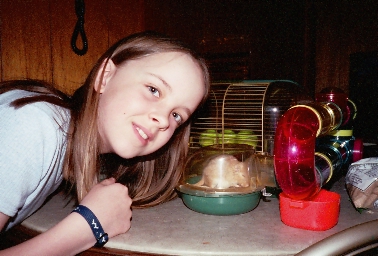

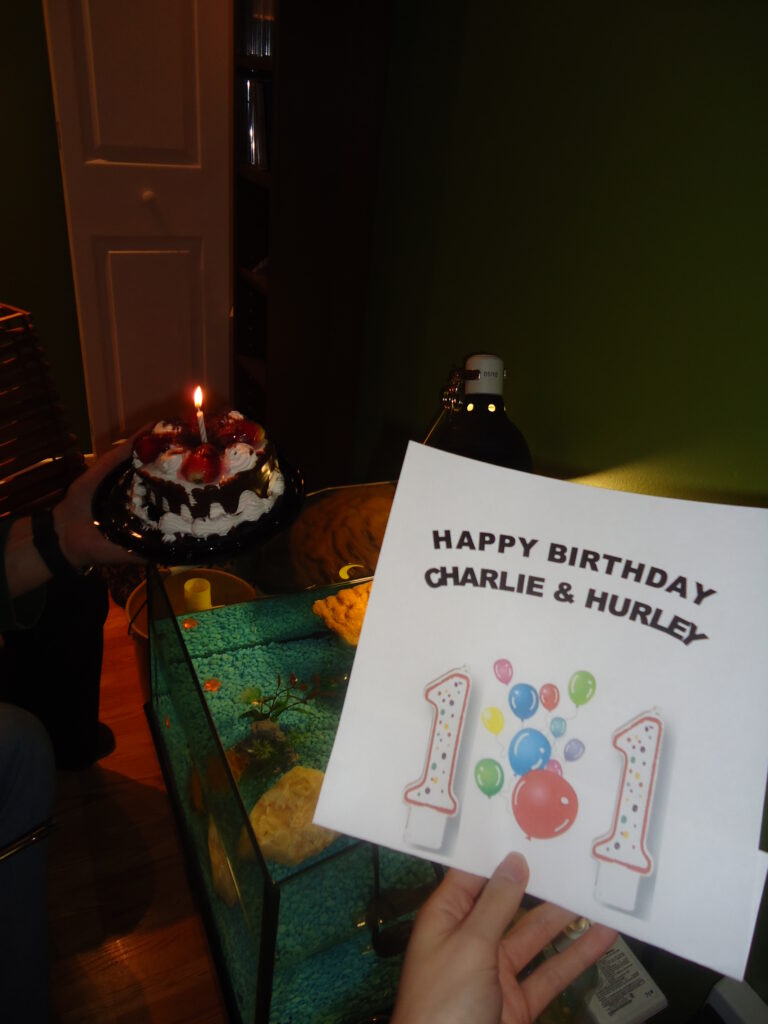
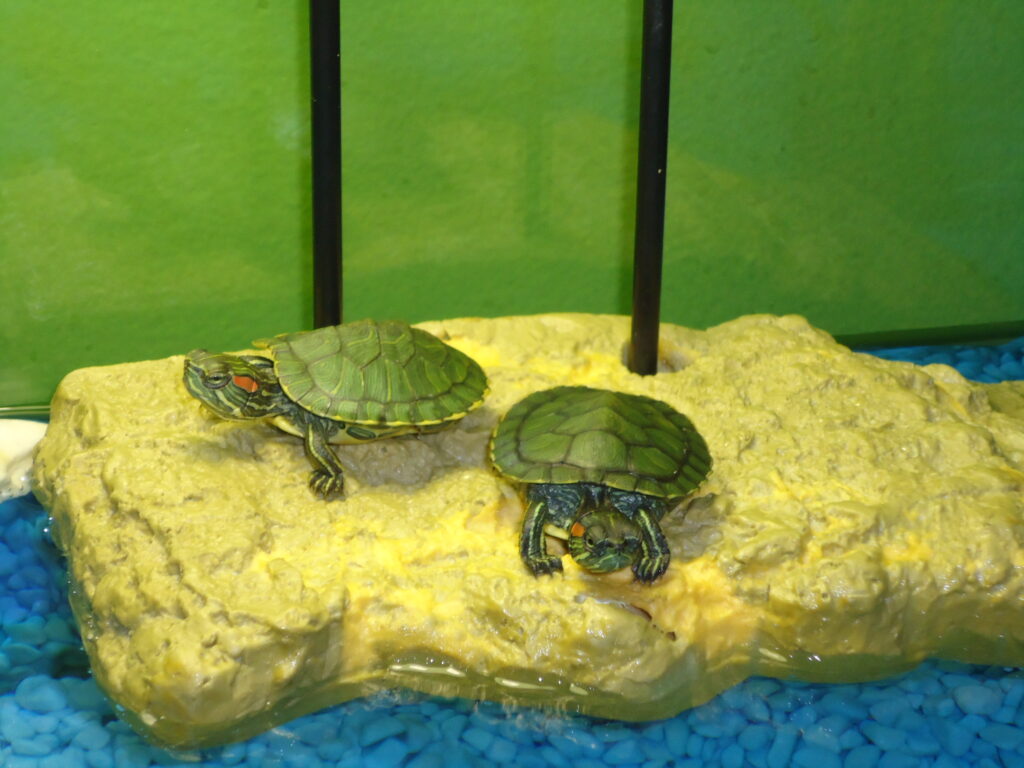
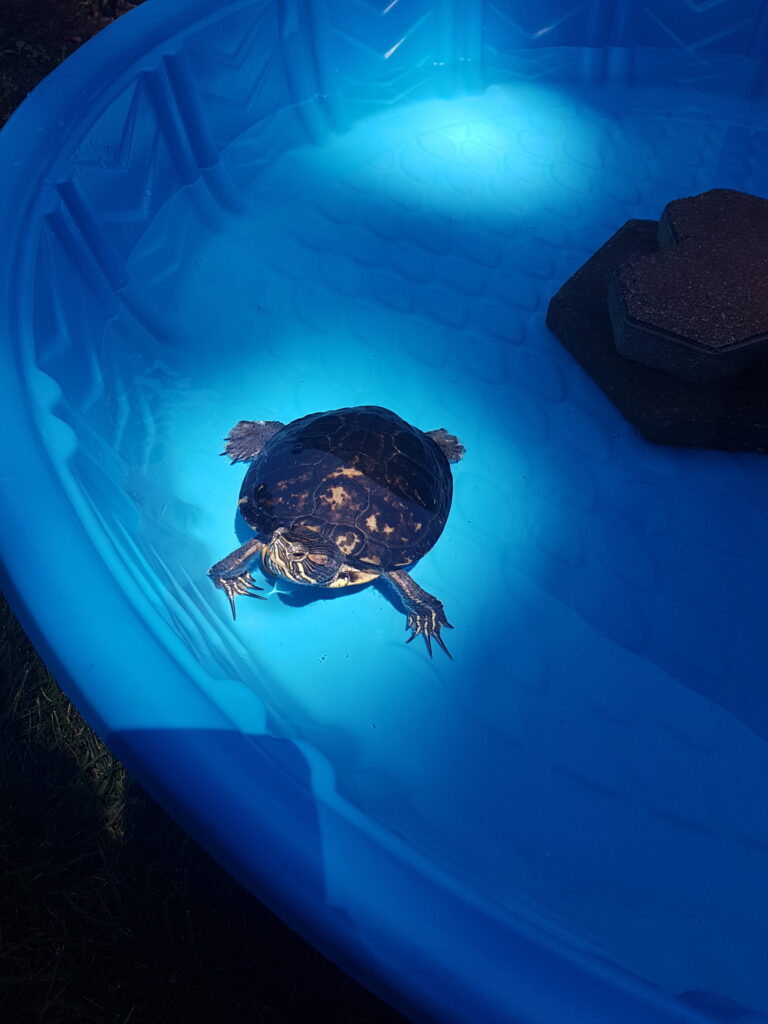
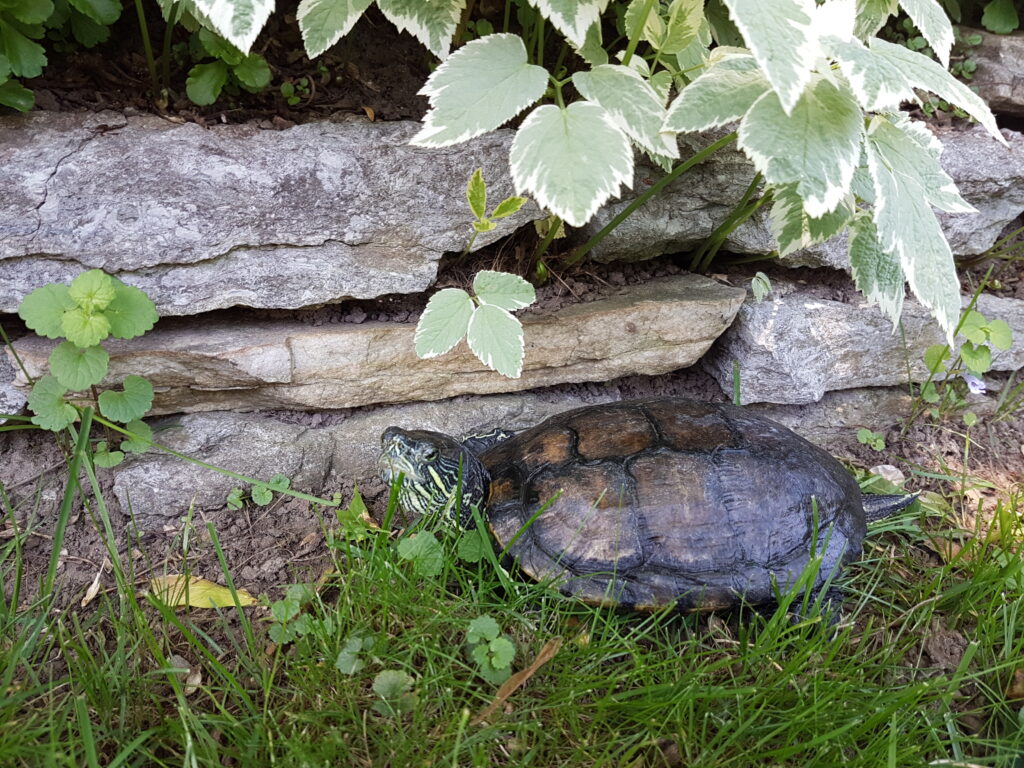
The Little Book of Big Dreams is filled with true stories of dreamers who decided to try for their biggest dreams and kept going when things got hard (which they almost always do).
The dreamers in this book include Oscar winner Kristen Anderson-Lopez, Disney producer Don Hahn, Pensole Lewis College founder D’Wayne Edwards, Hamilton cast member Seth Stewart, Black Girls Code founder Kimberly Bryant, and more.
But the most important story in this book is yours.
The Little Book of Big Dreams: True Stories about People Who Followed a Spark
order The Little Book Of Big Dreams
spark your next dream
© Chronicle | Legal | Site Credit |